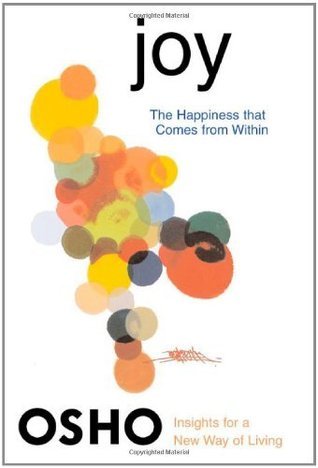
The Power of Dao: A Timeless Guide to Happiness and Harmony
Book Description
Unlock the secrets of ancient wisdom that can revolutionize modern life. In "The Power of Dao: A Timeless Guide to Happiness and Harmony," Lou Marinoff illuminates the path to inner peace and meaningful connections through the profound principles of Daoism. Navigate the chaos of today’s world by embracing simplicity, balance, and authenticity. Discover how fostering harmony with yourself and others can transform your existence. Each page resonates with practical insights, inviting readers to reflect and reorient their lives. Are you ready to embark on a journey that promises to elevate your spirit and redefine your understanding of happiness?
Quick Book Summary
"The Power of Dao: A Timeless Guide to Happiness and Harmony" by Lou Marinoff distills the essential teachings of Daoism for a modern audience seeking meaning and balance. Marinoff draws from classic Daoist texts like the Dao De Jing to reveal how ancient wisdom can address today’s psychological and social challenges. Through compelling stories and accessible philosophy, the book demonstrates how practicing simplicity, embracing change, and seeking harmony can cultivate greater happiness and inner peace. Marinoff moves beyond theory, offering pragmatic exercises and reflective questions to help readers interweave Daoist principles into their daily routines. By fostering mindful awareness and authentic living, this guide empowers readers to navigate life’s complexities with calm, flexibility, and a renewed sense of purpose.
Summary of Key Ideas
Table of Contents
Cultivating Inner Harmony
The book opens by exploring how Daoism’s core principle of harmony offers a blueprint for peace and fulfillment amidst life’s turbulence. Marinoff illustrates how cultivating inner harmony is not about suppressing emotions or escaping difficulties, but about understanding our innate nature and flowing with life’s rhythms. He encourages readers to reconnect with themselves through mindfulness, meditation, and thoughtful reflection, establishing a foundation for well-being that is resilient to external chaos.
Embracing Simplicity in Everyday Life
Next, Marinoff delves into the power of simplicity. Drawing from Daoist wisdom, he emphasizes that happiness is often found by letting go of excess—be it possessions, ambitions, or mental clutter. Practical suggestions are offered for decluttering one’s environment, prioritizing meaningful activities, and embracing routines that foster peace. The section ties simplicity to authenticity, underscoring how living closer to one’s core values brings clarity, contentment, and a sense of purpose.
Balancing Action and Non-action (Wu Wei)
A central theme in Daoism is the balance between action and non-action, known as wu wei. Marinoff unpacks this concept by showing that striving or forcing outcomes often leads to frustration, while letting things unfold naturally yields better results. He applies wu wei to diverse scenarios—professional challenges, creative pursuits, and personal dilemmas—revealing how patience and adaptability open the door to harmonious solutions. Readers are invited to identify situations in their lives where embracing this balance could pave the way for growth.
Navigating Relationships with Authenticity
The book also addresses relationships, advocating for authentic communication and mutual respect. Marinoff suggests that Daoist principles can transform how we relate to others by shifting focus from competition to cooperation. Practical exercises help develop empathy, active listening, and the ability to respond rather than react. By rooting relationships in authenticity and compassion, individuals can build more fulfilling and harmonious connections, both at home and in wider communities.
Facing Change with Flexibility
Finally, Marinoff tackles the inevitable reality of change, highlighting adaptability as a pillar of Daoist thought. He encourages readers to view change not as a threat but as a natural process. Techniques for facing uncertainty—such as flexible thinking and reframing challenges—are introduced. Throughout, Marinoff reinforces that by accepting impermanence and flowing with life’s currents, one can not only endure transitions but also find unexpected joy and wisdom in embracing what comes.
Download This Summary
Get a free PDF of this summary instantly — no email required.





